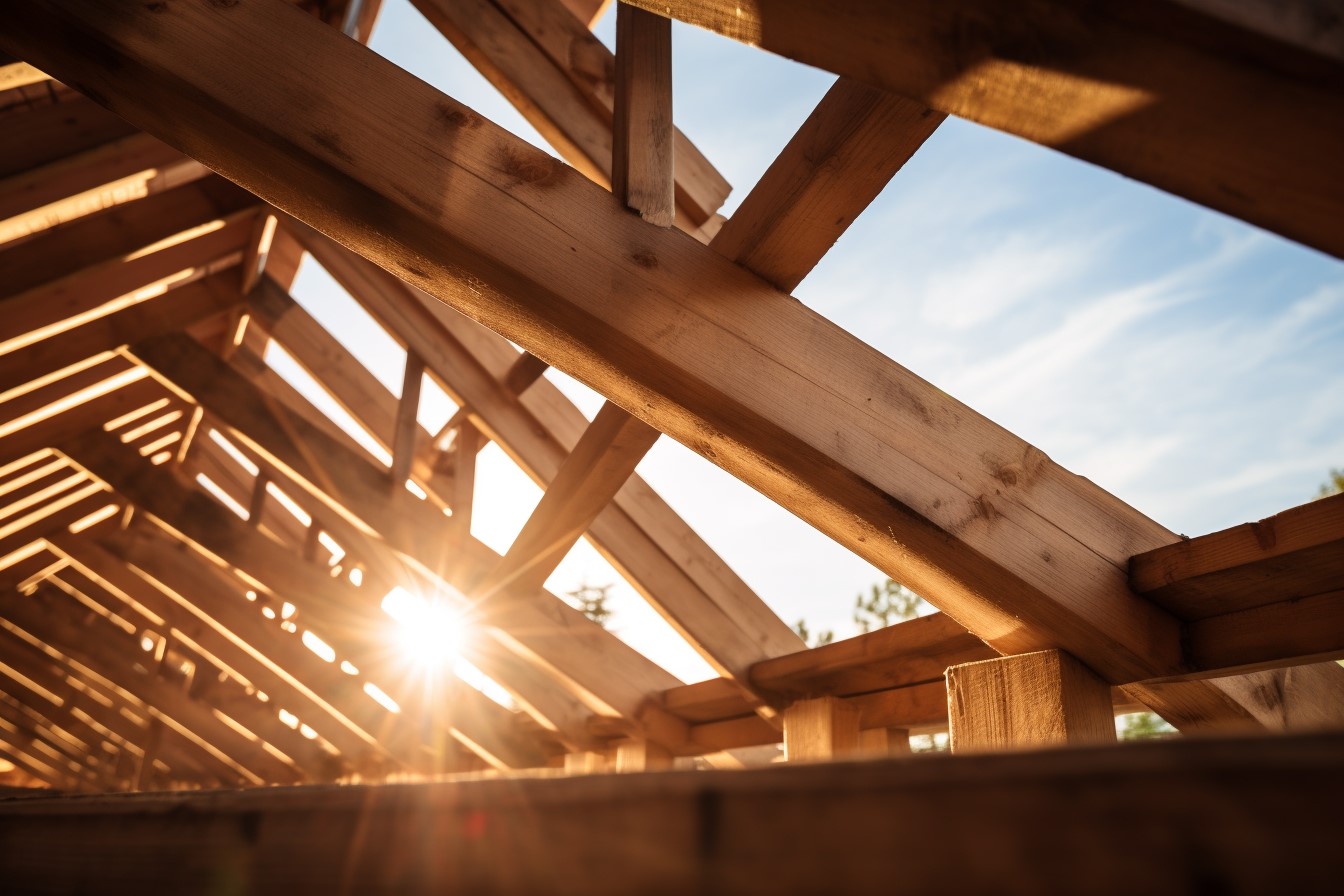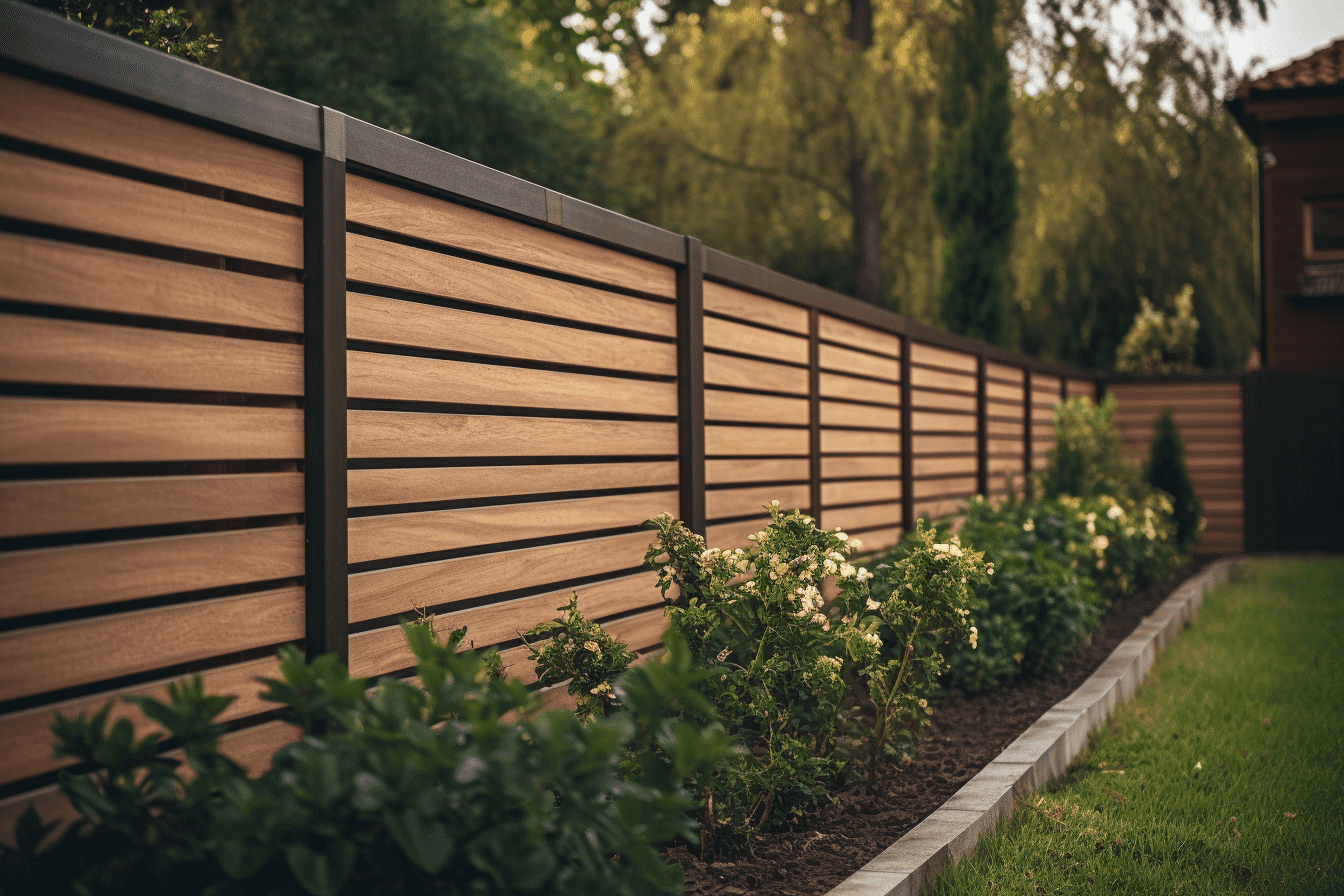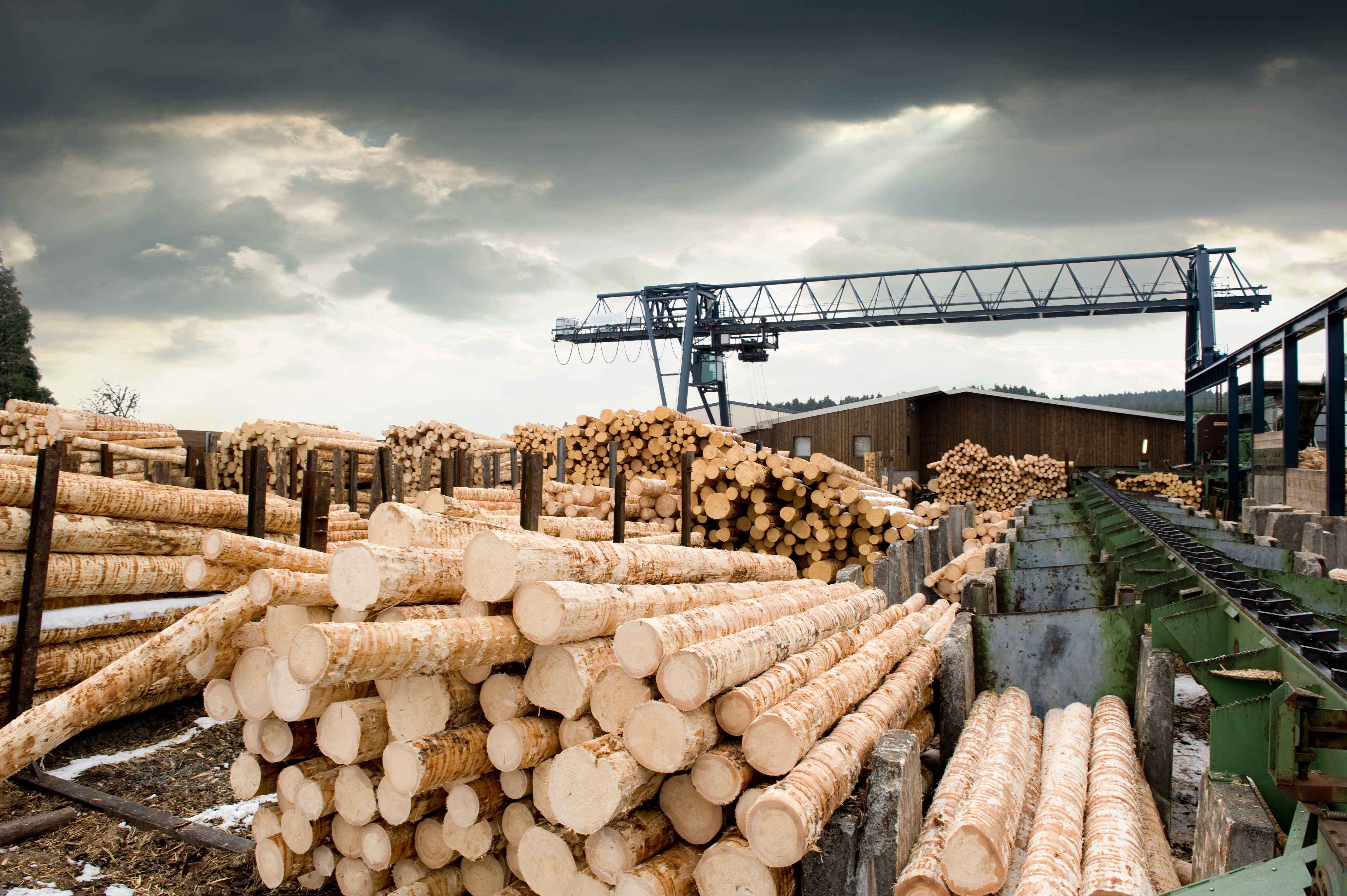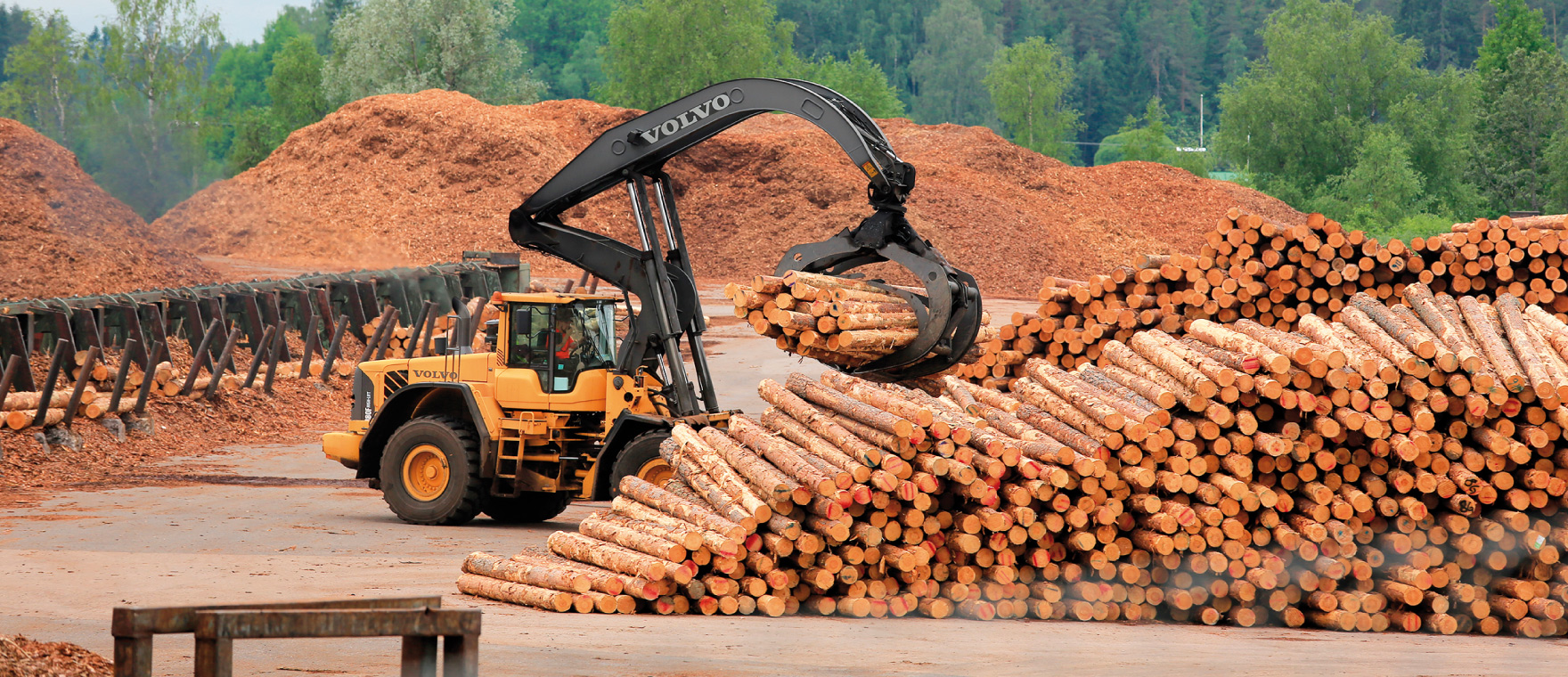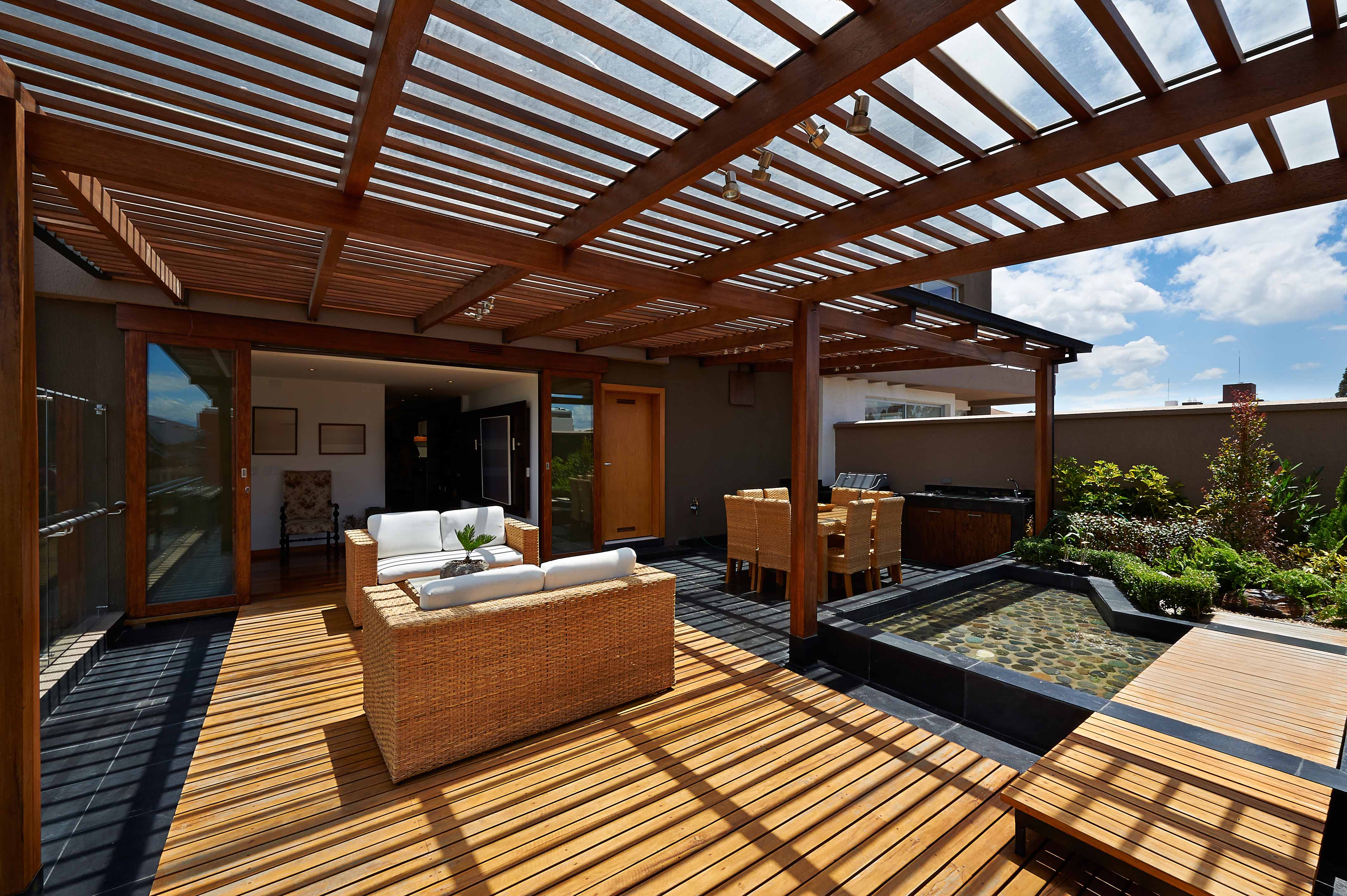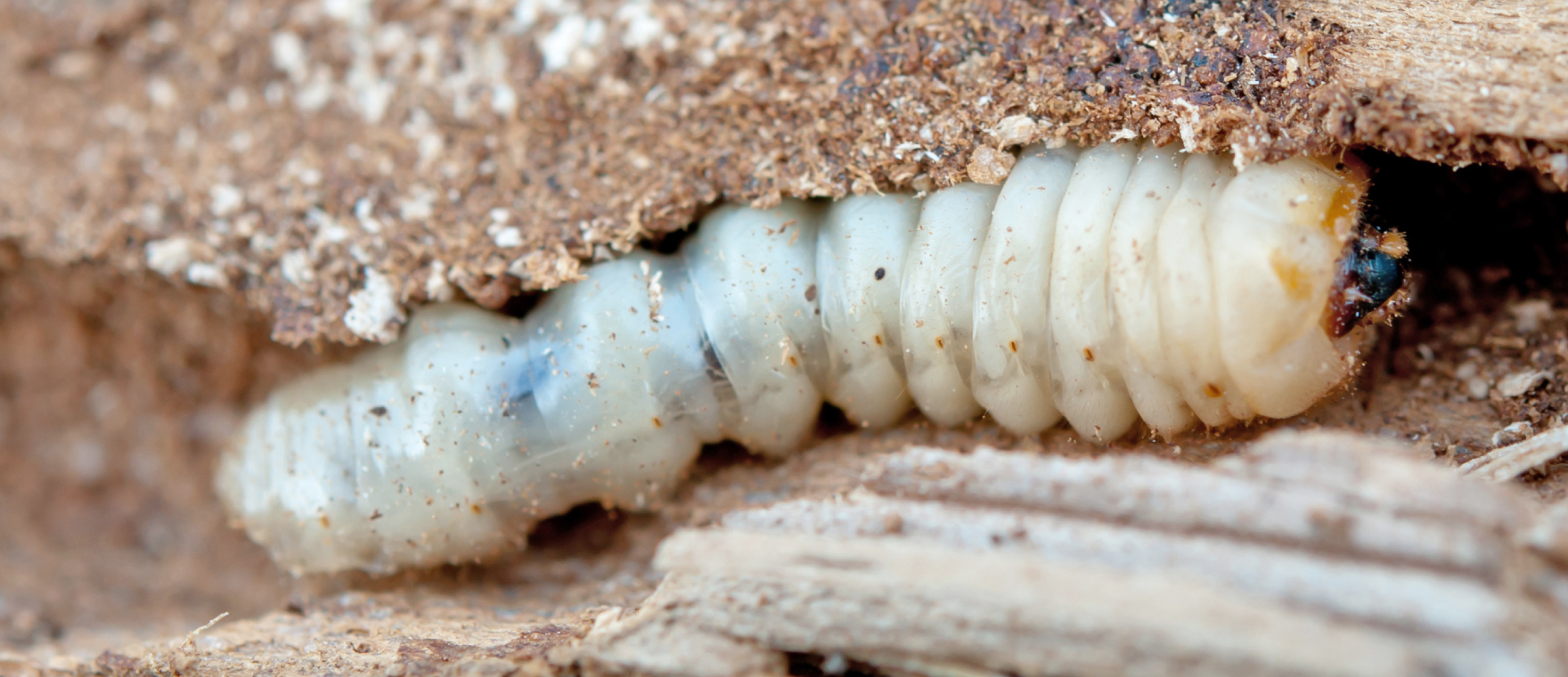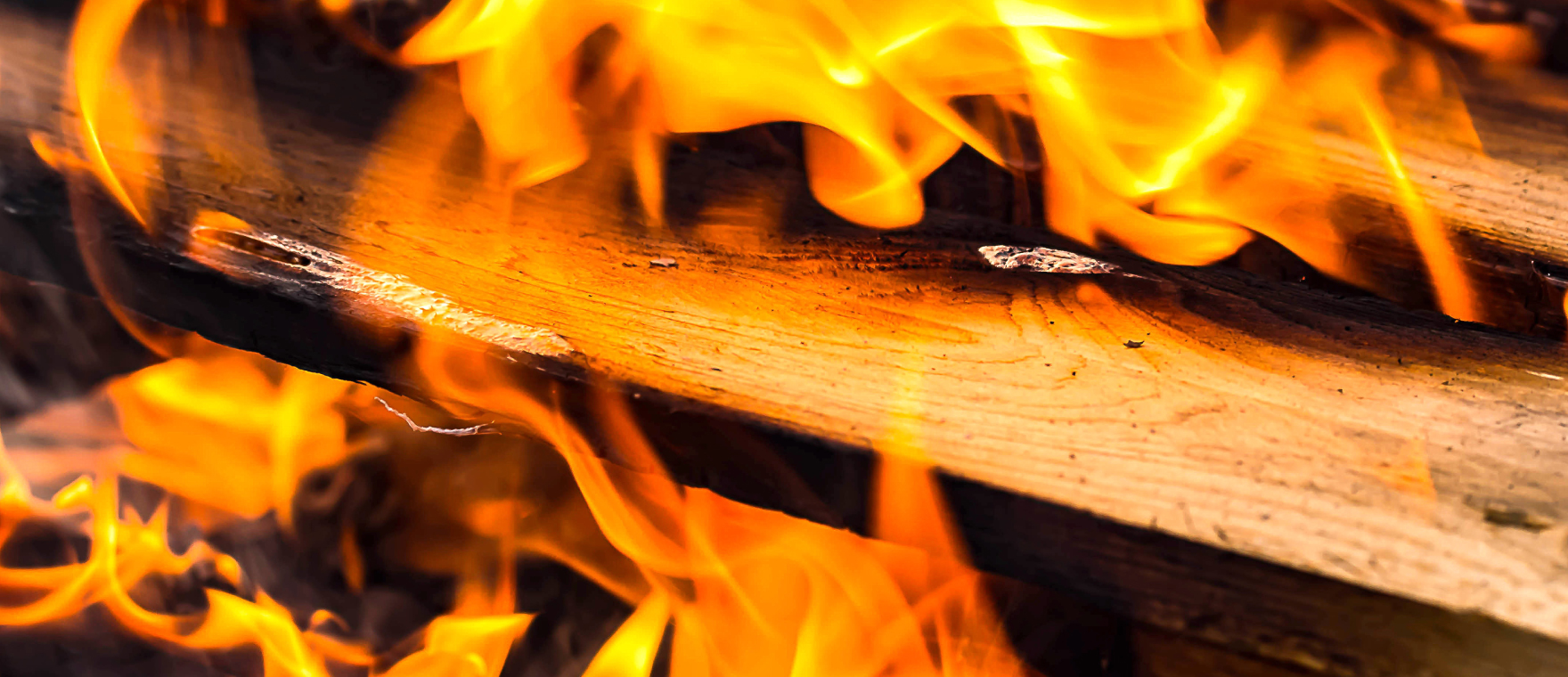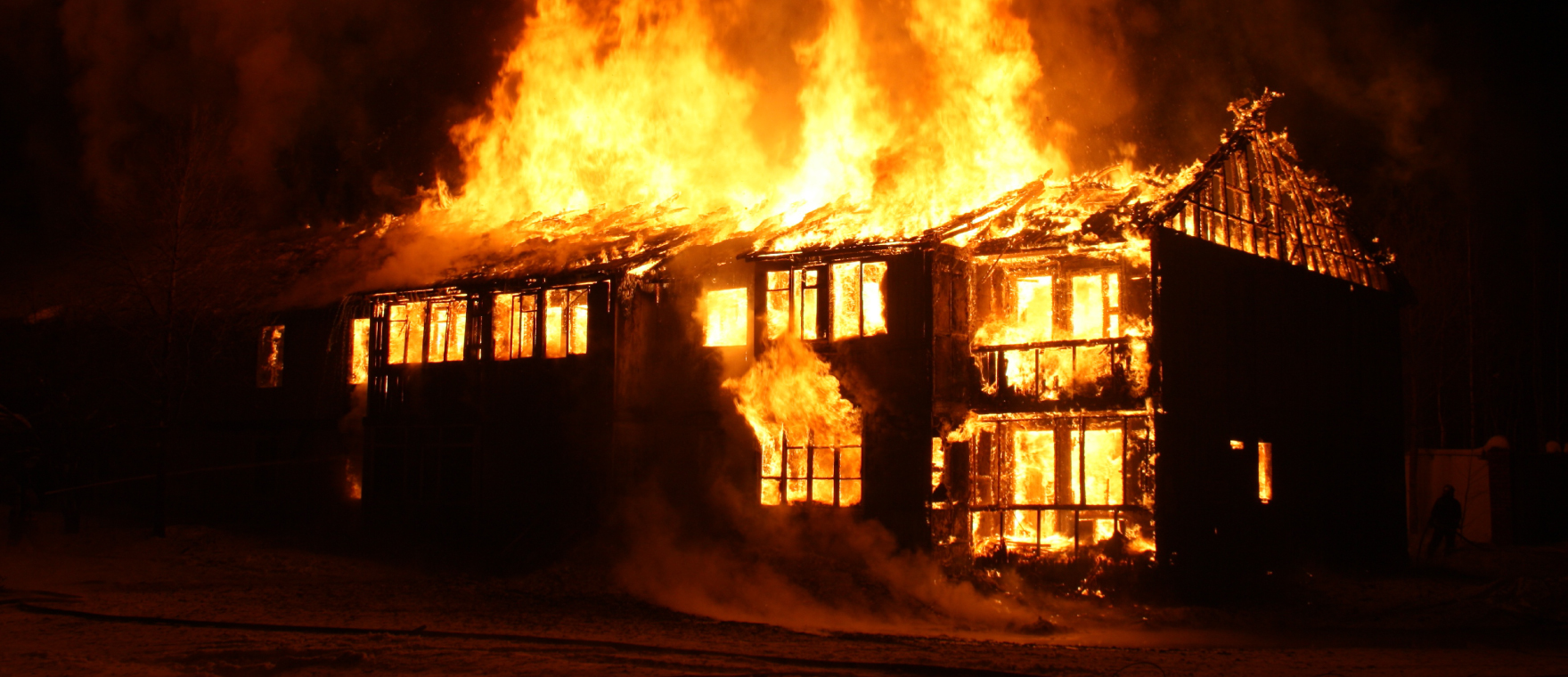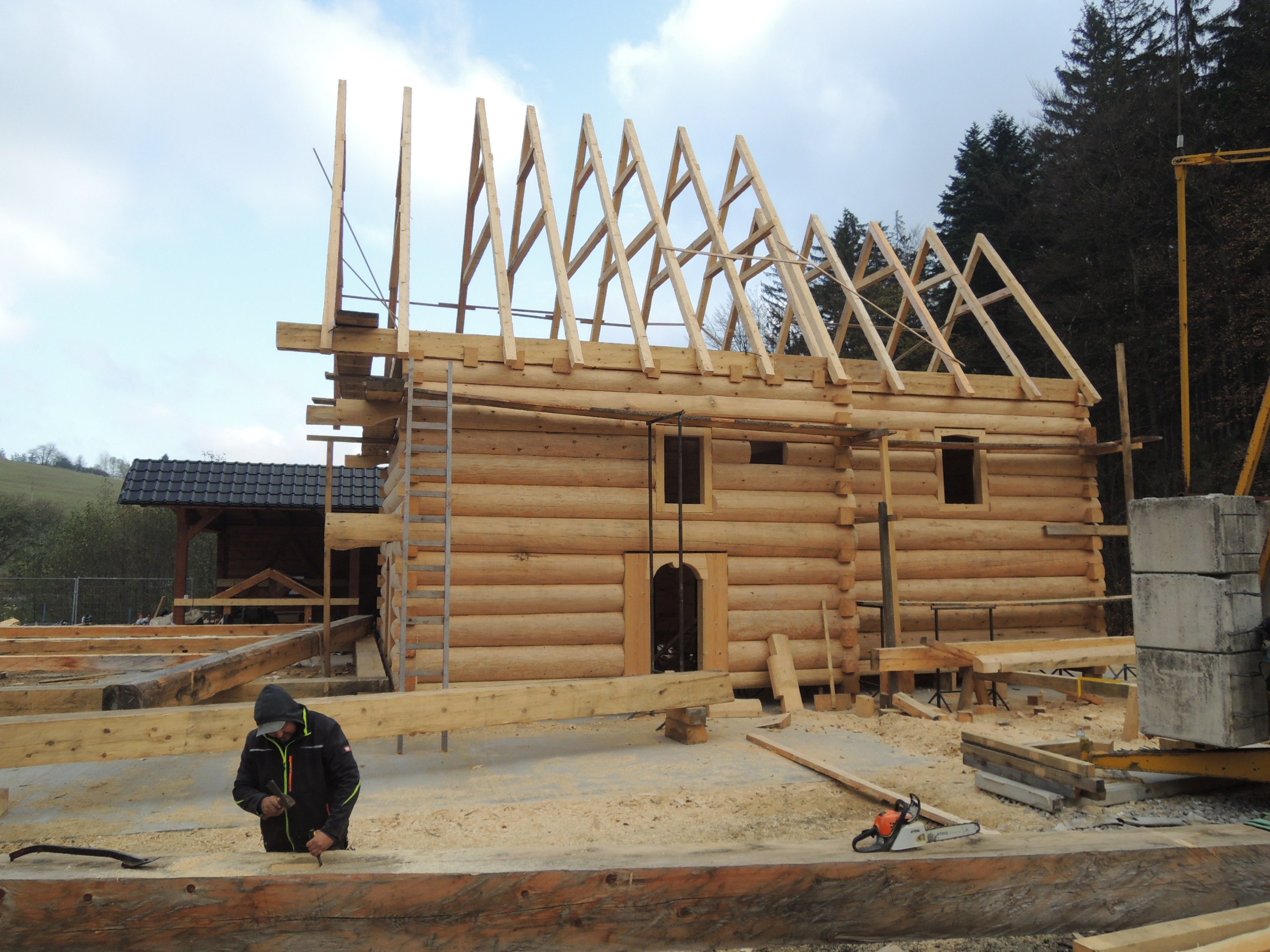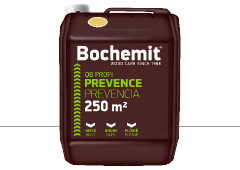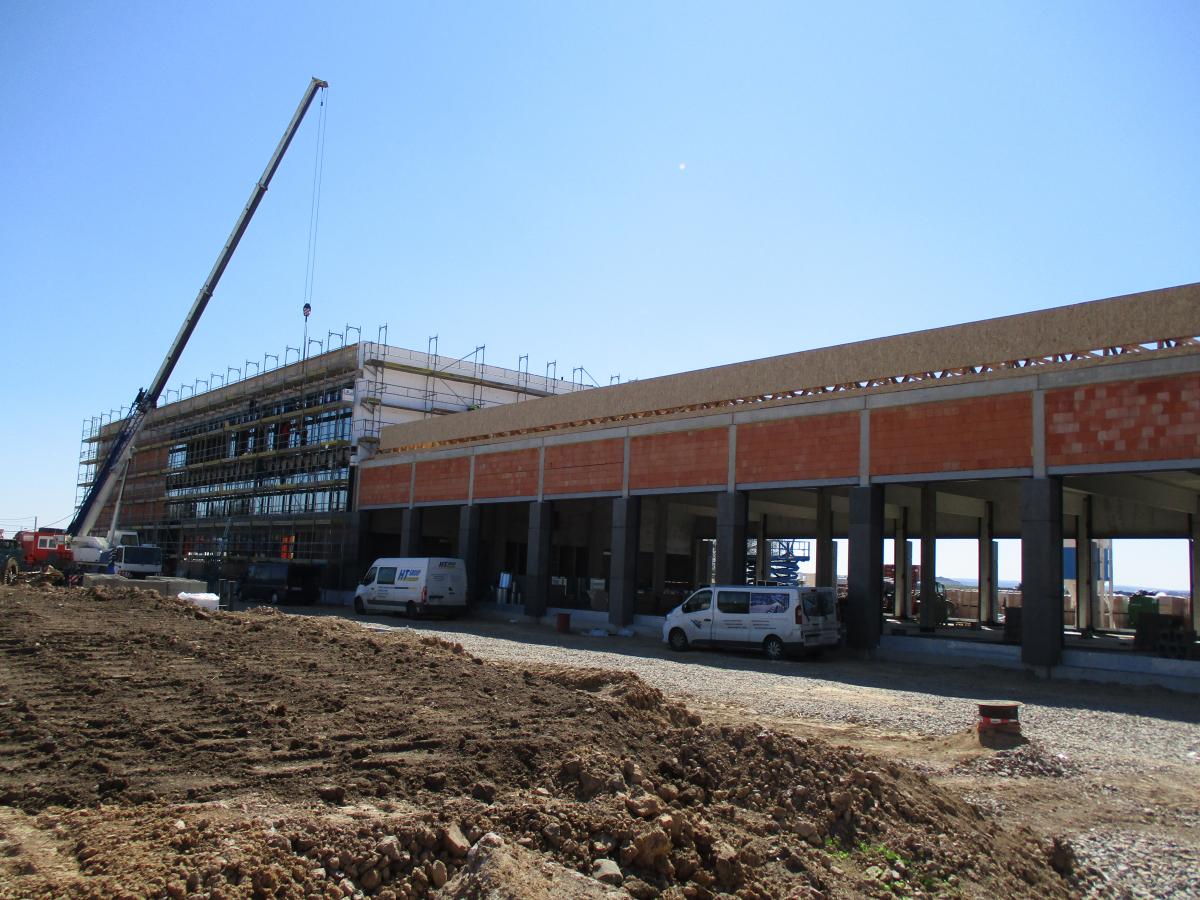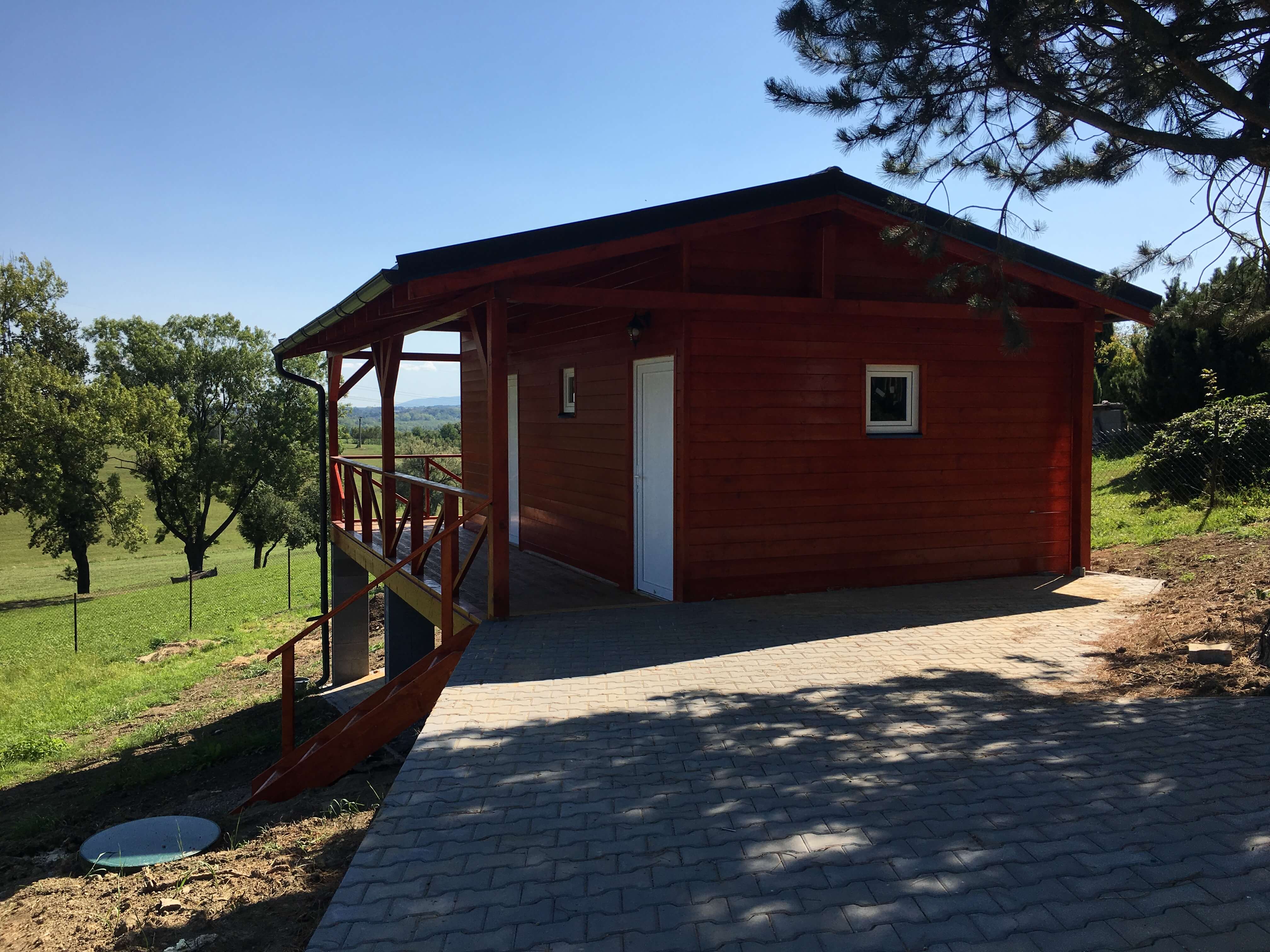Last year, construction began on a replica of the Church of the Corpus Christi in Třinec-Guty, which was destroyed by fire. All of the new shrine’s wooden fixtures - other than the shingle roofing - are treated with Biochemit biocides.
The shrine currently being erected in Guty is a unique structural landmark constructed on a sound scientific basis. It is being erected under the supervision of a scientific commission comprising experts from the Czech Heritage Institute and other professional institutions. Following consultations with specialists from the Regional Archives in Opava and the Wallachian Open Air Museum in Rožnov pod Radhoštěm, a replica was designed based on drawings that had been preserved from the 1950s, in particular 1952 and 1953. The architect behind the design, Antonín Závada, often had to rely on wooden rubble. Some of the elements have been recreated based on photographs, including by historical analogy to other objects of a similar nature.
The building will be erected on its original site, using all of the traditional craftsmanship. It is planned that around 350 m3 of fir logs will be used in the construction of the log house and trusses. A large quantity of spruce will be used for the shingle roofing and the bottom sill of the church will be built from more than 20 m3 of oak. The shrine is currently being erected by carpenters in Hošťálková and its transportation and final assembly are scheduled for June and July 2020. The vast majority of wooden fixtures are being treated with Bochemit QB Profi.
The wooden church in Guty was the town’s oldest landmark. It was likely erected in 1563, which is the year engraved above the entrance to the sacristy. Like many sacral monuments in the Pobeskydí region, it came under the administration of the Catholic Church in 1654, during a strong wave of re-Catholicisation. It had been preserved in its original design and was a landmark of wooden church architecture in the Beskydy mountains. At the beginning of August 2017, it was severely damaged by arson.
Photographer: Václav Kotásek. Text produced in cooperation with the editorial team of the PROPAMÁTKA website.

